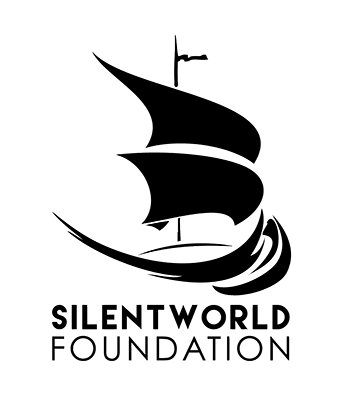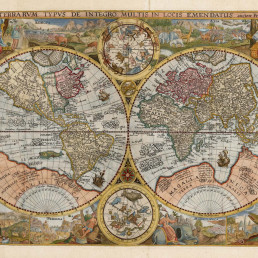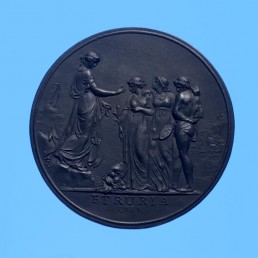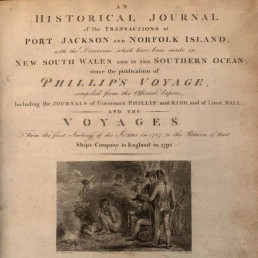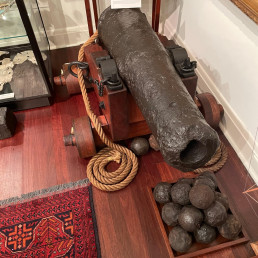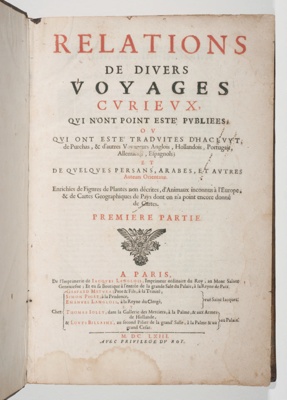
Name/TitleRelations de divers Voyages Curieux
About this objectThis book is famous for containing one of the very first printed maps of the parts of Australia known in the mid-1600s. This is the first issue of the first part, distinguished by the inclusion of Pelsaert's account of the loss of the Dutch ship BATAVIA on the west coast of Australia in 1629 and the mutiny and depredations of the crew. It is the first version printed outside Holland and the first in any language other than Dutch. With this account is appended the seminal map of the Australian continent as it was then known. This is the first such depiction in any printed book where Australia has drawn the focus of the cartographer, and it is the first visual source for Tasman's explorations. The map went through four different states, this is the very rare first without the Tropic of Capricorn, rhumb lines and with the latitude scale uncorrected, and lastly with Tasman's track added.
This chart "brought to the world at large the first sound idea of the shape and location of the new fifth Continent..." (Wroth PBSA vol. 38 p199), and its blank spaces offered a challenge to explorers, one not taken up until James Cook. Apart from its importance to Australia, the Relations include some other very interesting material that had not been previously published in French. This includes several narratives from the Dutch such as the description of Coxinga's victory which resulted in the end of Dutch rule in Formosa (1661), again the first published account outside Holland.
MakerMelchisedech Thevenot - Author
Maker RoleAuthor
MakerFrancisco Pelsaert - Author
Maker RoleAuthor
Date Made1663
Period17th century
Place MadeParis, France
Medium and MaterialsPaper, ink (black and red)
Object TypeBooks
Object numberSF000029
Copyright Licence![]() Attribution - Non-commercial - No Derivatives (cc)
Attribution - Non-commercial - No Derivatives (cc)
Explore by category
Maps and Charts
Date range: 1541-1836
Ship Models
Date range: 1629-1890
Maritime Paintings
Date range: 1793-1849
Manuscripts and Ephemera
Date range: 1768-c1850
Medallions & Convict Tokens
Date range: 1619-1880
Landscapes
Date range: 1768-c1850
Books
Date range: 1694-c1850
Currency and Shares
Date range: 1624-1823
Printed Material
Date range: 1541-1836
Maritime Archaeology
Date range: 1629-1854
Curator's corner
New acquisitions, staff favourites and curios
The mug is decorated with an underglaze and a blue transfer print. On the body, it is titled ‘Emigrants to Australia’. This type of body and glaze was discontinued by 1840. Comparison of the handle shape and the profile of the foot, point to the attribution of manufacture by the Davenport Factory.
Delta was a ship-rigged vessel with two decks and three masts. It was built in Dordrecht, Netherlands in 1839 at the shipyard of Jan Schouten and registered in the same port. Its hull was constructed of oak and sheathed in ‘yellow metal’. Delta was owned by H. van der Sande at the time of its loss and was engaged as a cargo trader.
The Delta carried 29 crew and passengers, while sailing from Melbourne to Batavia in ballast when wrecked at Kenn Reefs on 30 May 1854 whilst under the command of Captain J.G. Kunst. This vessel loss supports the pattern of shipwrecks located on a well-travelled shipping route that was poorly charted until the mid-nineteenth century. The crew of the Delta could see four other shipwrecks at Kenn Reefs at the time of their vessel’s loss.
Important image of a ship associated with Matthew Flinders, that would shortly become one of the most famous early shipwrecks in eastern Australian waters. This is a fine ship’s portrait, by one of the great exponents of the art
